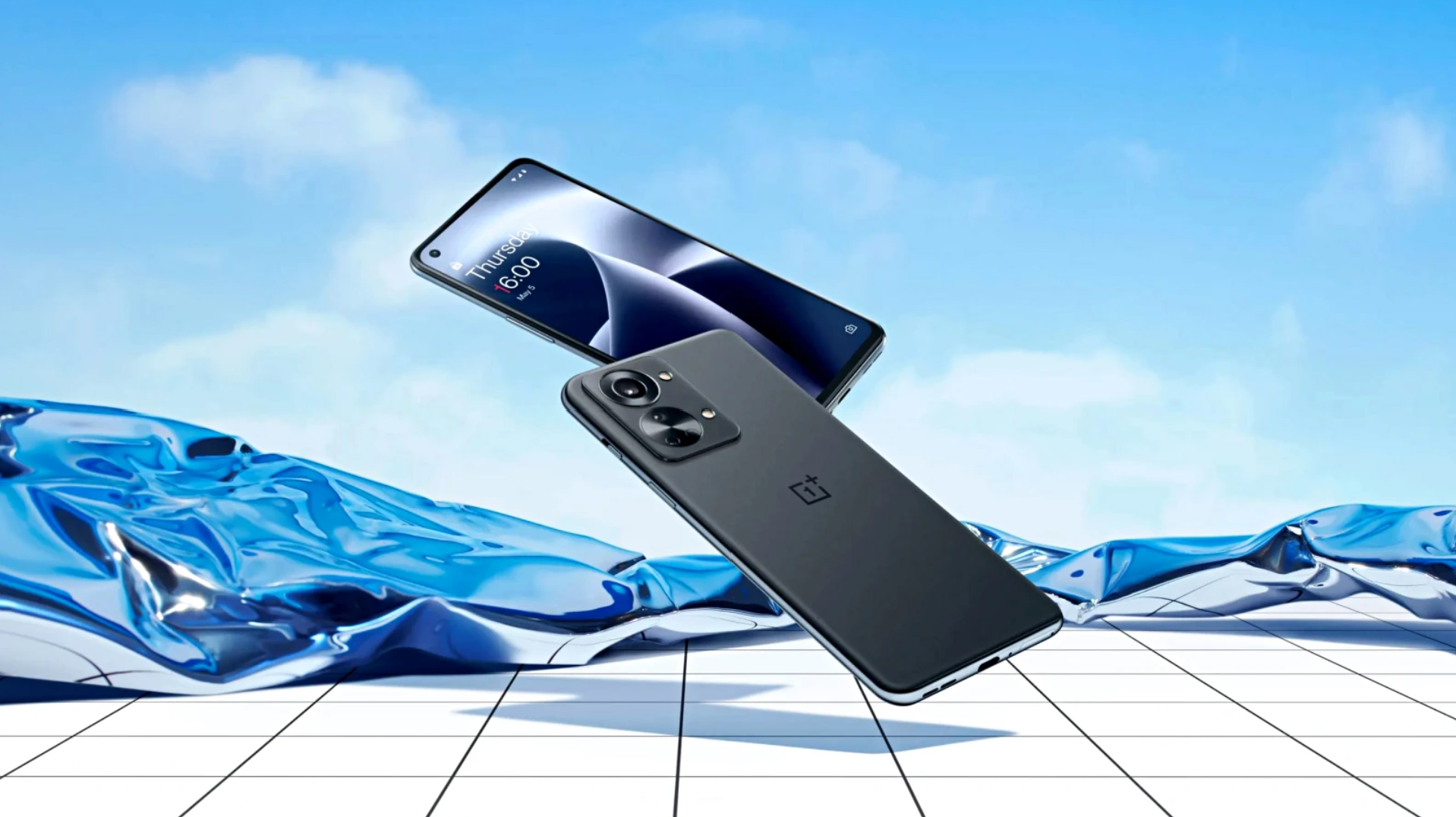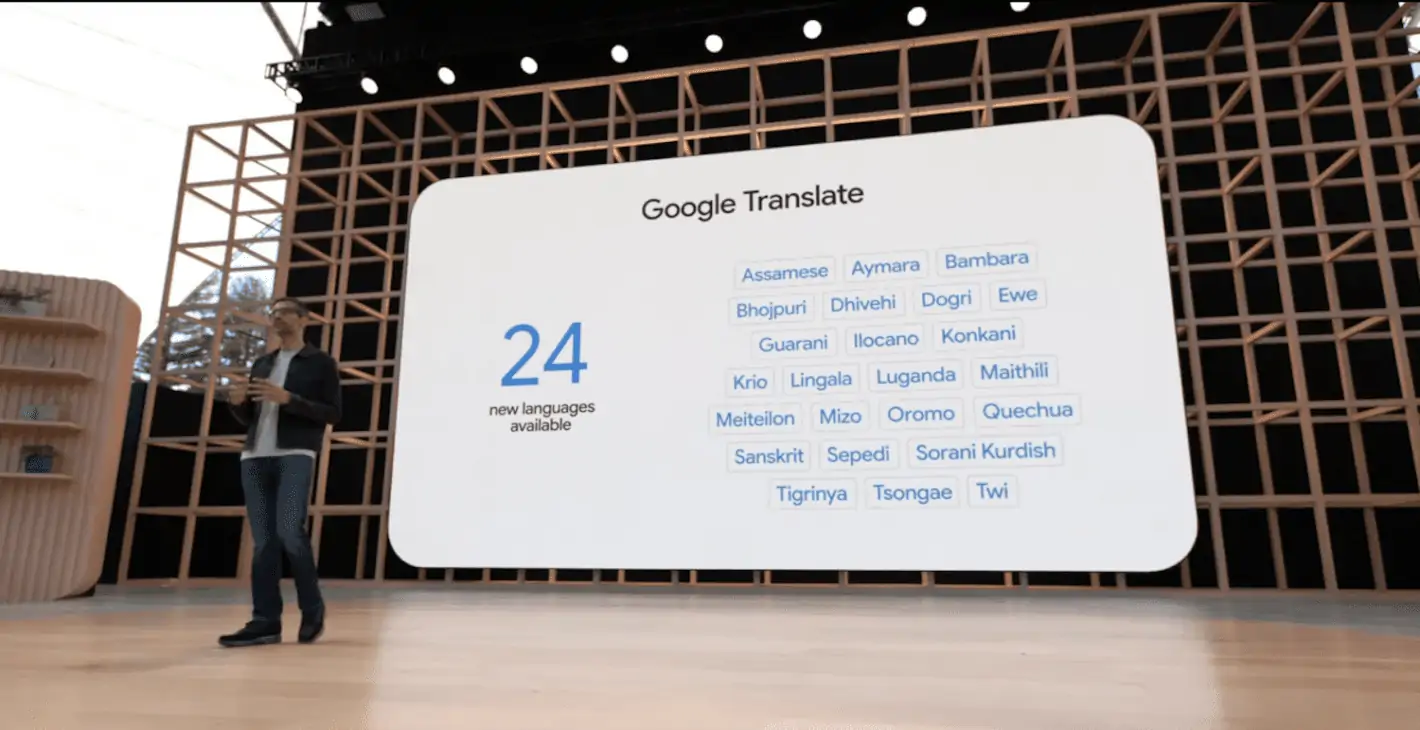Android 2.3 Gingerbread’s hold over the Android market has finally crumbled.
First introduced in late 2010, the longsting version of Android has lost its place as the single most popular version of Android worldwide.
Two versions of lly Bean—4.1 4.2—now account for a greater share of the Android usage pie than Android 2.3, though it remains close. lly Bean now accounts for 37.9 percent of Android usage worldwide, while Gingerbread makes up 34.1 percent.

though Gingerbread is still a significant part of worldwide usage, lly Bean’s Android dominance is a huge leap forward for .
The company has battled fragmentation of its mobile platform for many years. Typically, would release a new version of Android, but device makers ( therefore users) would lag behind in adopting that updated OS for months. In 2010, for example, you could get a smartphone running one of four different versions of Android, adoption of Android 4.0 Ice Cream Swich always lagged, as phones continued to be released that used Android 2.3.
The search giant has worked hard to solve its Android fragmentation dilemma in recent months, those efforts appear to be paying off. As recently as December 2012, lly Bean accounted for less than 7 percent of Android devices worldwide.
Stopping fragmentation
rt of the reason for the lly Bean jump can be attributed to ’s new method for counting Android devices that the company introduced in April. eviously, counted any device that pinged the ay Store, whether it was an automatic check-in from a device or a user-initiated visit.
The new method now discounts automatic visits, arguing that a user-initiated visit “more accurately reflects those users who are most engaged in the Android ay ecosystem.”
Immediately after the new counting method was introduced, Android 4.X usage (Ice Cream Swich lly Bean combined) beat out Gingerbread by 14.5 percentage points. A month earlier, in h, the difference between Android 4.X combined device usage Android 2.3 devices was just 0.9 percentage points. In both instances, however, Ice Cream Swich had a larger usage share than lly Bean.
has also helped reduce Android fragmentation by slowing down its cycle of Android version releases. Instead, the company has focused on updates to the core apps.
Many Android watchers are anticipating a new version of Android (dubbed Key me e) that would presumably be marked as Android 5.0. There was some speculation that would announce Key me e at its I/O 2013 conference in May. So far, however, has stuck with the lly Bean moniker. Android 4.2, the most recent version of lly Bean, first debuted in November 2012, following the 4.1 release earlier that year in ly.
Update for apps, not for OS
ile Android critics hard-core fans are chomping at the bit to see Key me e, has focused instead on improving the core Android apps.
The search giant began laying out a strategy of improving core apps separate from the Android OS in 2010. But the company really took things up a notch during last month’s I/O event when announced a slew of app updates. The company unleashed an enhanced version of Maps; cloud-synced game saves via ay Games services; Now reminders new Now cards for public transportation suggestions for digital purchases of books, TV shows, music games; improvements to the ay store; a new music subscription service called Music l Access.
ter in ne, released an updated Gmail app with inbox improvements that had come out for the b version a week earlier.

Of course, the improvement in Android’s fragmentation problems can’t be entirely attributed to . The popularity of Samsung devices such as the Galaxy S III, Galaxy Note II, Galaxy S4 have also given lly Bean usage a boost while hastening Gingerbread’s long-overdue demise.
But the real test for Android will come when finally releases a new version of Android that isn’t lly Bean. will have to get Android 5.0 into the hs of phone makers as soon as possible so companies can start working with it to create hardware for the new mobile OS release. But perhaps more importantly, also has to encourage device makers to update recently released smartphones tablets to Android 5.0 within months.
If that doesn’t happen, Android will be right back where it started with millions of users sitting in the l of lly Bean, unwilling or unable to taste the delights of Key me e.



















